Amazing-looking tomato "Fig pink" with a sweet fruity taste - a variety for real gourmets
Pink tomatoes attract gardeners even more than red ones. They are sweeter and more flavorful. Therefore, this variety is considered a salad. Among the abundance of varieties, the pink fig tomato attracts special attention.
With its unusual shape, it really resembles a large fig, and there are fruity notes in the taste. Read about all the intricacies of growing this exotic vegetable below.
The content of the article
General description of the variety
Fig pink is bred by domestic breeders. Included in the Russian register. This variety is grown not only in our country, but also abroad.
Features of Pink Figs
The main feature of the variety is its unusual shape. Due to the pronounced ribbing, it seems that they are divided into lobules. This makes the tomato look like an exotic fig treat.
The variety is distinguished by large fruits. Some specimens can weigh up to 1 kg. The taste is also considered atypical for tomatoes. It is sweetish with a fruity undertone.
Salad tomato is also used for making sauces and juices. These tomatoes are not suitable for preservation as a whole due to their large size.
Fig pink refers to the thermophilic varieties. To plant it, you need to choose the sunniest areas in the garden. He is also demanding of the composition of the soil.
Despite its whimsy, the variety is immune to most tomato diseases. His resistance to viral infections is more pronounced than to fungal infections.
It is interesting! Gardeners say that the fruits that form at the bottom of the bush are larger than the rest on the plant.
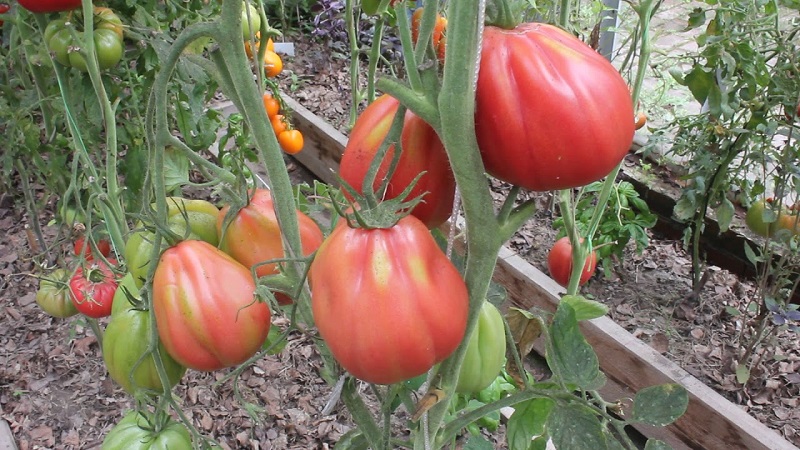
Specifications
The description of the Rose Fig will be interesting for both experienced and novice gardeners.
Characteristics of Fig pink:
| Parameter | Indicators |
| Bush type | Indeterminate... The bush grows up to 3 m in height. The stems are thick, strong and branched. The leaves are green with a bluish bloom, lighter below, and bright above. They have carved edges and pubescence. Fruits are formed on clusters of 3-5 pieces. |
| Growing method | They are grown mainly in greenhouses. In the southern regions, planting in open ground is possible. |
| Yield | High. From one plant, you can collect up to 7 kg of fruits per season. |
| Fruit | Large. On average, one fruit weighs 400 g. The largest ones weigh 800-1000 g. The color is uniformly pink inside and out. Tomatoes are fleshy, but juicy. They have a rich sweet taste without sourness and a fruity aftertaste. The shape can be pear-shaped or rounded-flattened. The entire fruit has a pronounced ribbing, similar to an accordion. Hypertrophied multichamber is observed inside. Some cells are empty. |
| Transportability | High. The fruit has a thin but firm skin. Stored for up to a month. |
| Ripening terms | Medium early grade. The first fruits appear 100-110 days after sowing the seeds. Fruiting continues until the first frost. |
| Disease resistance | It is immune to major viral and fungal infections. |
How to grow seedlings
The timing of sowing seeds depends on the region and the method of growing tomatoes. When planted in a greenhouse, seeds are sown two weeks earlier.
In most cases, the seeds are sown in March.In the northern regions of the country - in the first half of April.
Preparation of planting material
Before planting seeds, they must be prepared. The planting material is disinfected and soaked in a growth stimulator.
Seed preparation methods:
- For disinfection seed use several types of compositions. For example, solutions of potassium permanganate (1 part of potassium permanganate and 100 parts of water), soda (0.5 tsp of soda and 100 ml of water), aloe (1 part of aloe juice and 1 part of water). Seeds are soaked in potassium permanganate for half an hour, and in aloe and soda - for a day.
- After disinfection, the seeds are washed with running water and dried with a paper towel.
- To stimulate growth, pieces of cloth are moistened with a solution, in which the seeds are wrapped. The cloth with seeds is placed in a plate, covered with foil and put in a warm place for a day. As growth stimulants use "Epin", "Kornevin", "Silk", "Zircon", "Sodium humate".
Advice! Make sure the quality of the planting material. Check the expiration date of the seeds and soak them for half an hour in salted water. Floated seeds are considered unusable.
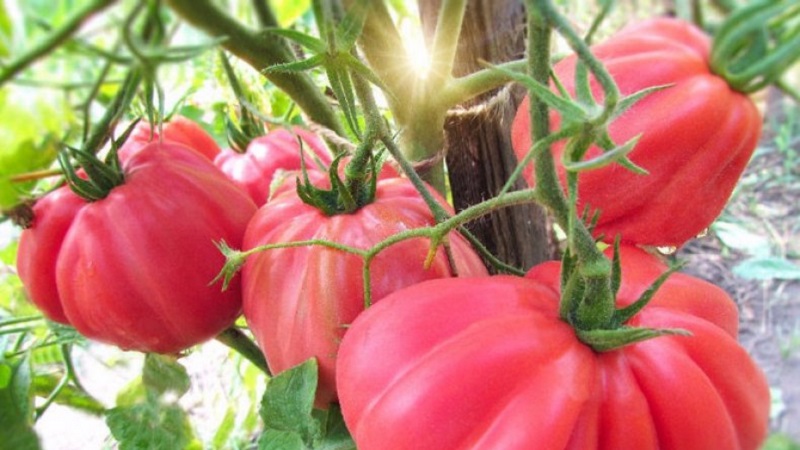
Selection of containers and soil
For sowing seeds, use special or homemade containers. They should be wide, but not deep.
Small pots of 300 ml are suitable for picking.
The basis of the soil mixture for tomatoes is black soil and humus. To facilitate the composition, sand, sawdust or chopped coconut fiber is added to it. To improve the soil, it is mixed with ash and "Fitosporin".
Commercial mixtures are also used. Choose the soil "for tomatoes and peppers."
Advice! Experienced gardeners recommend using soil for seedlingstaken from the greenhouse. It is believed that this will make it easier for tomatoes to take root after transplanting to a permanent place.
To disinfect the soil, it is calcined in the oven, poured with boiling water or a solution of potassium permanganate. The containers are soaked for half an hour in a strong solution of potassium permanganate or in boiling water.
Sowing seeds
In the prepared soil, grooves are made at a distance of 2 cm from each other. Their depth should be from 1 to 2 cm. Seeds are placed in the recesses.
Sprinkle the seeds with earth on top. The soil is moistened with a spray bottle with warm water. The containers with seeds are covered with foil or glass and placed in a warm place. At the right temperature (23-25 degrees), the seeds will germinate in 3-5 days.

Seedling care
The rules for caring for seedlings are enough posts. By observing them, you will get healthy and strong plants:
- After the seeds germinate, the containers with tomatoes are placed in a well-lit place. The film is not removed for another 10 days. Regular airing will help to prepare immature plants. In March, the seedlings will not have enough sunlight, so gardeners are advised to use fluorescent lamps.
- Before seed germination, the soil is moistened with a spray bottle as it dries. If mold appears on the soil, the affected layer is removed, and the seeds with the remaining soil are watered with a weak solution of potassium permanganate.
- After emergence and picking, tomatoes are watered under the root so that water does not fall on the greens. If the plants begin to wither and turn yellow, you need to revise the watering schedule. This problem arises both with insufficient amount of liquid and with excessive watering.
- For the entire period of growing seedlings, it is fed three times. The first is two weeks after the pick, the second is three weeks after the previous fertilization, the third is three days before the tomatoes are planted in a permanent place. Complex fertilizers and biohumus are best suited for seedlings.
- Hardening tomatoes will help them settle in a permanent place. Such procedures begin two weeks before transplanting. For this, the plants are taken out into fresh air, gradually increasing the duration of the air baths.
Growing tomatoes
The seedlings are transplanted to a permanent place after the soil has warmed up. In most regions, this occurs in the second half of May or early June.
Planting tomatoes in a permanent place
First of all, you need to choose a suitable place for the tomato beds. It must be well lit and protected from the winds. Do not use areas of the garden where nightshade crops have grown over the past three years.
A plot for tomatoes has been prepared since autumn. The beds are dug up and freed from plant debris. Organic fertilizers are added to the soil, for example, chicken manure, mullein, potato peelings.
Be sure to check the acidity of the soil using litmus paper. If the indicators are increased, alkali is added to the soil.
In the spring, before digging, mineral fertilizers, including phosphorus and potassium, are scattered over the beds. Then the beds are dug up and cleaned of weed roots.
The holes are dug in rows, the distance between them is at least 60 cm. A gap of 50-60 cm is maintained between the holes. For 1 sq. m should be no more than 3-4 plants.
A tablespoon of stove ash is poured into each hole. The plants are taken out of the pot and together with a lump of earth and placed in a depression. Then the pits are covered with earth and watered warm water.
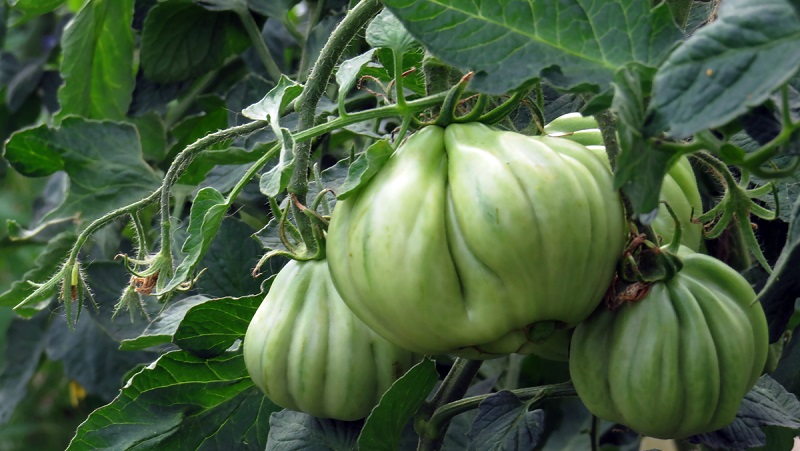
Tomato care
Tomato Bushes Pink figs form into 1 or 2 stems. In the first case, the fruits will be larger and they will ripen faster, and in the second there will be more of them. In the second half of the day, remove all unnecessary stepsons, and yellowed leaves from the bottom of the stem.
Water the tomatoes as the soil dries. Watering should be abundant, but not frequent.
Pink figs are picky about the composition of the soil. Plants are fed four times per season. Foliar dressing is also introduced.
Mineral fertilizers alternate with organic ones. Commercial complex formulations are often used. Some gardeners prefer to prepare their own natural food.
Fertilizer recipes:
- Organic mix. For 5 liters of water, take a glass of mullein and chicken droppings. The composition is thoroughly mixed and allowed to brew for a day.
- Compost. For its preparation, a full bucket of fresh grass is poured (without tamping), half a glass of ash and lime is added there and 1 tbsp. l. dimiad of carbonic acid. The mixture is poured with water and allowed to brew for two days.
- An enriched herbal tincture. Grass is finely chopped into a bucket and filled with water. The mixture is allowed to ferment for 14 days, after which it is filtered and diluted with water in a ratio of 2/1. A glass of ash and mullein are added to the resulting composition.
- Fertilizer from coffee grounds. The used coffee grounds are dried and poured under the roots of the plants. After that, they are watered with warm water.
- Yeast fertilizer. 2 packs of "live" yeast are poured into 5 liters of water. 4 tbsp is added to the composition. l sugar. When the mixture begins to rise, add another 2 liters of warm water to it.
Foliar dressing is applied every two weeks. Tomatoes are sprayed with the following compositions:
- 1 tsp of urea is added to 10 liters of water;
- in 10 liters of water add 1 tsp of urea, boric acid and copper sulfate.
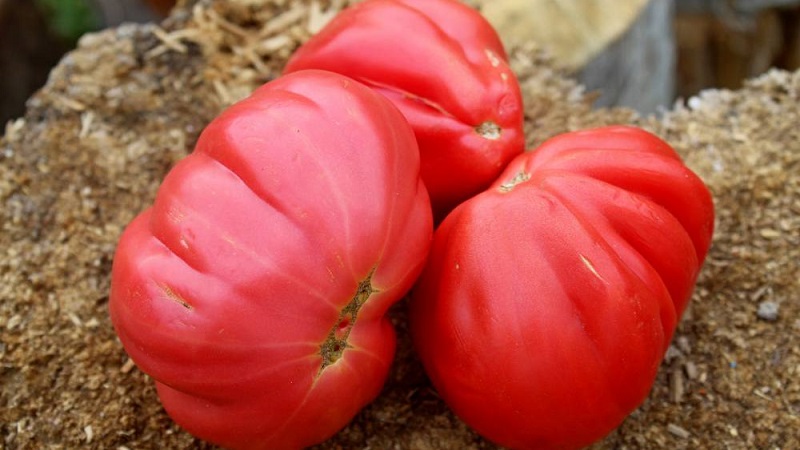
Mistakes in caring for tomatoes
Often novice gardeners make mistakes when growing tomatoes.
Let's take a look at the most common ones:
- Incomplete removal stepson... If the stepson is not cut off completely, then the risk of plant infection will increase significantly.
- Stepping out at the wrong time. Tomatoes are stepchild in the morning or evening. In the heat and on cloudy days, such procedures are not performed.
- Excessive watering. Waterlogged soil is an ideal environment for the development of fungi and viruses.
- Refusal to loosen the soil. After watering, a crust forms on the soil. If the soil is not loosened, the crust will contribute to the disruption of air exchange in the roots.
- Rare weeding. Weeds infect tomatoes with diseases and contribute to the spread of pests.
Diseases and pests
Tomato Fig pink is rarely sick. Nevertheless, gardeners recommend preventing fungal damage to plants.
To avoid contamination, the soil is disinfected before sowing seeds and picking seedlings. Plant seeds are disinfected.
Tomato bushes are sprayed with Fitosporin solution. This will protect the plants from fungal infection.
To protect against harmful insects, the bushes are sprayed with a decoction of chamomile and celandine. Colorado beetles, slugs and caterpillars are harvested by hand.
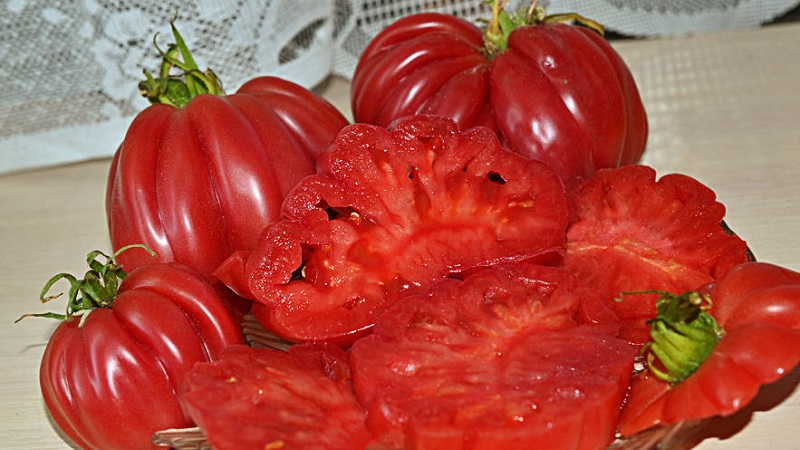
Features of growing in a greenhouse and in the open field
When growing Pink Figs in a greenhouse, it is important to maintain an optimum indoor humidity level. For this, tomatoes are aired daily by opening the vents.
In a greenhouse, it is especially important to help plants pollinate. To do this, during the flowering period, you need to gently shake the bushes.
On the street, even in the southern regions, the first two weeks after picking tomatoes are covered with foil. This reduces the likelihood of death of the thermophilic variety due to night frosts.
Harvesting and application of the crop
The first ripe pink figs appear in July. On cloudy days and during an epidemic late blight unripe large fruits are also harvested. They will remain tasty and sweet when ripe when picked.
Mostly the crop is used for making salads. Delicious sauces, tomato juices and borsch dressings are made from the fruits.
Advantages and disadvantages of the variety

Pros of pink figs:
- disease resistance of tomatoes;
- unusual fruits;
- high portability;
- large-fruited;
- high yield
Disadvantages of the variety:
- the need for garters and pinching;
- instability to low temperatures;
- exactingness to the composition of the soil.
Other types of figs
In addition to the pink fig, other varieties from this series have been bred to produce yellow and red fruits. These are Figs yellow and Figs are red. They taste the same as Rosy Figs.
Farmers reviews
The farmers' comments on the tomato are positive. Gardeners from different regions are happy to grow this variety on their plots.
Inga Krivyakina, Sochi: “I have been growing pink figs for the second year already. I tried the yellow and red varieties of this series. Tomatoes are delicious, meaty and unusual. The largest fruit that I managed to get weighed 760 g. I form bushes into 2 stems. From 1 sq. m collecting several buckets. "
Denis Zaitsev, Voronezh: “This year for the first time I tried to grow pink figs in a greenhouse. He regularly applied top dressing, but did not process the plants with chemicals. The tomatoes didn't get sick. Happy with the harvest. I like both the taste and the unusual shape of the fruit. I want to try yellow figs. "
Conclusion
Fig pink is a wonderful salad variety with unusual fruits. It has high yields and immunity to common tomato diseases.
If you apply top dressing on time, follow all the rules of agricultural technology and choose the right place for planting, then any gardener can handle the cultivation of such a tomato.